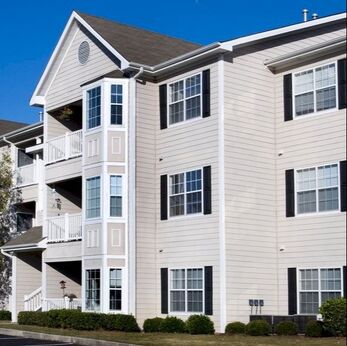Within today's world, maintaining a robust and dependable Wi-Fi connection is essential, especially in multi-unit settings like flats or condo complexes. Many people rely on the network for employment, education, and leisure activities. However, Wi-Fi signals can struggle to reach every area of these structures due to multiple obstacles. These hindrances can include walls, floors, and other digital equipment that disrupt the connection. To improve Wi-Fi connectivity and functionality in these environments, it is critical to grasp some foundational concepts of Wi-Fi communication.
One efficient way to enhance Wireless operation is by intelligently positioning gateways and extenders throughout the building. A central location is usually best, as it allows the signal to travel evenly in all directions. In larger multi-unit residences, several repeaters may be required. These units assist increase the reach of the wireless infrastructure and deliver stronger service to occupants in different sections of the structure. Additionally, deploying equipment that adhere to the current Wi-Fi protocols can result in higher bandwidth and enhanced total efficiency.

Another key factor in improving wireless signal strength is minimizing interference from other electronics. Most household appliances, such as ovens and cordless phones, can disrupt Wi-Fi signals. It is advisable to position modems away from these appliances to ensure a clearer signal. Additionally, modifying the channel settings on a device can assist read this article in reduce conflict from adjacent networks. The majority of devices by default select the best channel, but individually selecting a less crowded one can enhance performance.
Regularly refreshing router firmware is also necessary for maintaining maximum Wi-Fi stability. Vendors frequently release patches that fix bugs and enhance security measures. Maintaining the firmware current guarantees that users benefit from the latest improvements and protections against possible risks. Furthermore, monitoring bandwidth usage assists in identify which devices utilize more bandwidth, enabling better management of available capacity.
Finally, informing users about best practices for utilizing wireless networks can significantly enhance their experience. Simple measures such as connecting only required devices, employing Ethernet links when possible, and regularly restarting the device can improve reliability. By creating a culture that understands how to optimize their network usage, multi-unit environments can elevate user experience and ensure that everyone experiences a reliable Wi-Fi connection. This integrated approach of planned best site placement, reducing interference, managing equipment, and informing users will result in a more reliable and enjoyable wireless experience for all occupants.